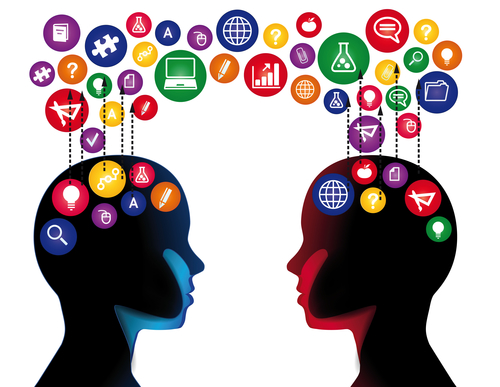Creating a Common Communication Language
People often ask me what are the benefit of doing a team building or communication style training and which tools would I recommend. Here are my thoughts on both of those questions as you think about ways to strengthen your team in the coming year.
First, what are the benefits of doing a teambuilding or communication style training session? The biggest benefit is it creates a neutral, common language for team members to use when having difficult conversations.
For example, if you describe someone as assertive, that’s a behavior not an opinion. A behavior is neutral, the interpretation of that behavior (bossy or steamroller) is charged with emotion, leading us to ineffective work relationships.
The second reason I love these types of sessions is it raises peoples’ emotional intelligence (EQ). If I understand who I am and what my preferences are, and I understand others and their preferences, I can more effectively adapt my style to be effective with the other person and vice versa.
That may appear obvious, but for many folks, they hate this type of training because it ends with this is who I am. If you can’t learn more about how to adapt to others and walk away with actionable items, then this training isn’t going to work for your team.
Which communication tools are effective and not effective in this environment? Any of them can be effective, if there’s a time and place for application. I have my favorites, but here’s a basic rundown of the tools most commonly used:
* Strengthsfinders. A great tool for knowing who you are and how your gifts contribute uniquely to your team. I find this tool to be very helpful for coaching and for people who are driven to learn more on their own. It’s difficult to use in a group setting.
* Myers-Briggs Type Indicator (MBTI). Another great tool. This tool measures four preference dimensions and gives some really practical examples of how we see those behavioral continuum in the workplace. This is a great tool for individuals and coaching, and sometimes even teams. The challenge with MBTI is the 16 combinations of styles which make it hard to regularly use and apply as you try to adapt your behavior to others.
* DiSC Communication Styles. This one is my favorite. It’s an easy tool to use and it gives individuals and teams strong core language based on neutral behaviors. It also helps folks understand why someone else may react in a specific manner. I find it helpful in both individual and group settings. It’s easy to apply with four baseline styles to remember. The challenge is it is sometimes oversimplified and doesn’t always account for the individual nuances we all bring into our work.
Whatever tool you opt to use can be effective. Just remember the information has to translate into actionable responses from the team.
Keynote speaker, trainer, and consultant, Sarah Gibson, helps organizations leverage the power of communication, teamwork and diversity to improve engagement and transform teams. To buy her book or inquire about her speaking programs, please visit www.sarahjgibson.com.



